Glowlight tetra - Hemigrammus erythrozonus
Scientific name: Hemigrammus erythrozonus
Common name: Glowlight tetra
Family: Characidae
Usual size in fish tanks: 4 - 5 cm (1.57 - 1.97 inch)
014
Recommended pH range: 5.5 - 7
Recommended water hardness: 1 - 8°N (17.86 - 142.86ppm)
0°C 32°F30°C 86°F
Recommended temperature range: 23 - 27 °C (73.4 - 80.6°F)
The way how these fish reproduce: Spawning
Where the species comes from: South America
Temperament to its own species: peaceful
Temperament toward other fish species: peaceful
Usual place in the tank: Middle levels
General Information
The Glowlight tetra (Hemigrammus erythrozonus) is a small, peaceful characin native to the Essequibo River drainage (Guyana), where it inhabits slow, shaded blackwater creeks rich in leaf litter and tannins. A vivid copper–orange “glow” runs from the snout through the lateral line to the tail. Adult size is typically 4–5 cm (1.6–2.0″). Keep in a proper shoal of 8–10 to reduce skittishness and show natural schooling.
Food & Feeding
Omnivorous micro-predator. Use quality micro-flakes or small sinking granules as the staple, with frequent small portions of frozen/live foods such as baby brine shrimp, daphnia, cyclops, and finely chopped bloodworms. They may graze a little biofilm/algae, but animal protein and varied micro-foods keep color and condition. Feed small amounts 1–2× daily to protect water quality.
Sexing
External differences are subtle: females are fuller-bodied, especially when gravid; males are slimmer and may show slightly sharper stripe contrast. Color is otherwise similar in both sexes.
Breeding
An egg-scattering tetra whose eggs are light-sensitive. Use a small, dim breeding tank with very soft, acidic water (see below), spawning mops or fine plants, and near-darkness. Condition a pair or small group on live/frozen foods. Remove adults post-spawn. Eggs typically hatch in ~24–36 hours; fry become free-swimming a few days later. Start with infusoria/liquid fry foods, then freshly hatched brine shrimp as they grow.
Lifespan
Commonly 3–5 years with good water quality and low stress (occasionally longer).
Tank Requirements & Water Parameters
- Tank size: a long 60 cm/24″ tank for a group; larger volumes stabilize water.
- Water: aim for soft, acidic conditions: pH ~5.5–7.0 (blackwater at the lower end), hardness ~1–8 °dH, temperature 23–27 °C (73–81 °F). Keep nitrate very low.
- Filtration & flow: gentle flow with high oxygen. Dark substrate, driftwood, and botanicals (almond leaves) help provide tannins and shade; floating plants diffuse light.
- Maintenance: small, frequent water changes; avoid abrupt parameter swings.
Compatibility & Tank Mates
Peaceful shoaler. Ideal with other small, calm community fishes that enjoy similar soft water (small rasboras, pencils, peaceful dwarf cichlids like Apistogramma, small Corydoras). Avoid large/boisterous species and notorious fin-nippers.
Behaviour & Usual Place in the Tank
Occupies the mid-water to upper-mid levels, schooling in open lanes and dipping into cover when startled.
Short Description
Glowlight tetras are gentle, copper-striped characins from Guyana’s blackwater streams. Keep them in groups in soft, acidic, dimly lit aquaria with fine, varied foods to see tight schooling and strong color.
Q&A
- Where are they from? The Essequibo drainage (Guyana), in slow, tannin-stained blackwater creeks.
- How many should I keep? 8–10 to reduce stress and promote schooling.
- Can I breed them? Yes, but it’s easier in very soft, acidic water and darkness; eggs are photo-sensitive.
- Do they eat plants? They generally don’t damage plants; they may pick at biofilm on leaves.
Picture
Bought by aqua-fish.net from jjphoto.dk
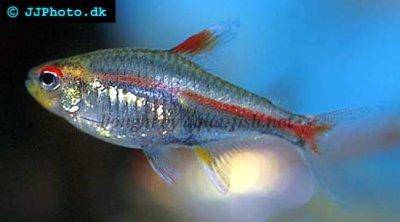

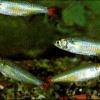 Bloodfin
Bloodfin 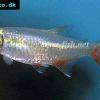 Bloodfin
Bloodfin 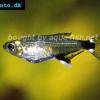 Panda
Panda 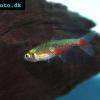 Green
Green 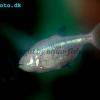 Blind
Blind 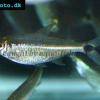 Kennedy
Kennedy 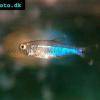 Blue
Blue 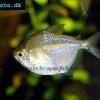 Discus
Discus 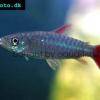 Pink
Pink 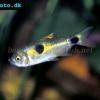 Bucktoothed
Bucktoothed 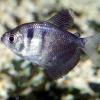 Black
Black 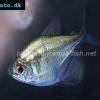 False
False 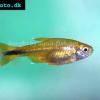 Silver
Silver  Hemigrammus
Hemigrammus 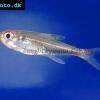 Dash-dot
Dash-dot 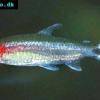 Rummy
Rummy 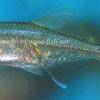 January
January 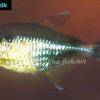 Head
Head 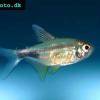 Garnet
Garnet 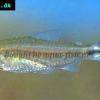 Rummy
Rummy 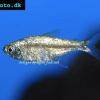 Gold
Gold 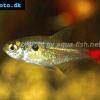 Red
Red 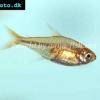 Ember
Ember 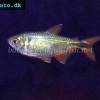 Buenos
Buenos 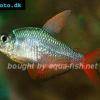 Colombian
Colombian 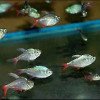 Ecuador
Ecuador 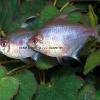 Bleeding
Bleeding 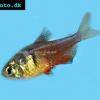 Flame
Flame 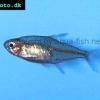 Georgett’s
Georgett’s  Griems
Griems 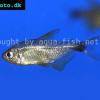 Kitty
Kitty 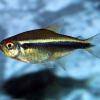 Black
Black 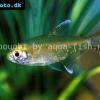 Firefin
Firefin 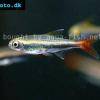 Loreto
Loreto 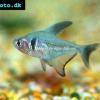 Black
Black 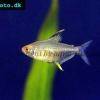 Lemon
Lemon 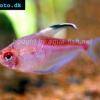 Redback
Redback 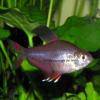 Rosy
Rosy 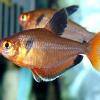 Serpae
Serpae 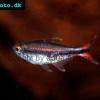 Savanna
Savanna 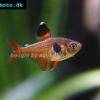 Red
Red 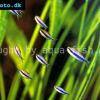 Blue
Blue  Silver
Silver 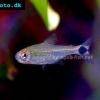 Ceros
Ceros 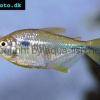 Napo
Napo 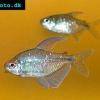 Diamond
Diamond 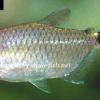 Red
Red 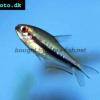 Rainbow
Rainbow 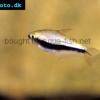 Emperor
Emperor 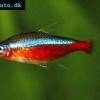 Cardinal
Cardinal 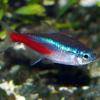 Neon
Neon 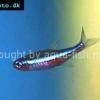 Green
Green 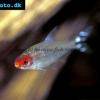 False
False 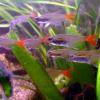 Glass
Glass 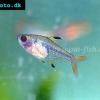 X-ray
X-ray 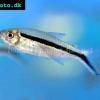 Penguin
Penguin